 Hunter Sawmill
Hunter Sawmill
Entry Category: Land and Resources
 Hunter Sawmill
Hunter Sawmill
Hurricane Katrina/Rita Evacuees
Hurricane Lake
 Hurricane River Cave
Hurricane River Cave
 Ice Plant
Ice Plant
Illinois River
 Imboden Flood
Imboden Flood
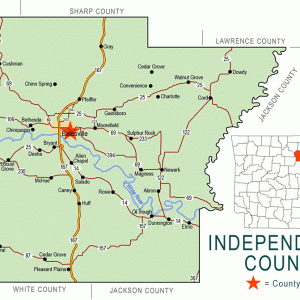 Independence County Map
Independence County Map
Independence Steam Electric Station
Industrial Sand Mining
Invasive Animals
aka: Alien Animals
 Invasive Arthropods
Invasive Arthropods
 Invasive Ferns and Forbs
Invasive Ferns and Forbs
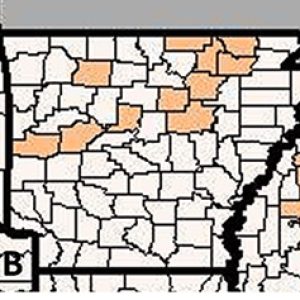 Invasive Grasses
Invasive Grasses
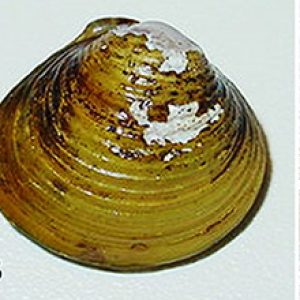 Invasive Invertebrates
Invasive Invertebrates
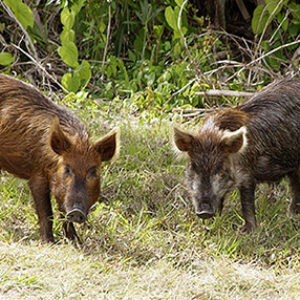 Invasive Mammals
Invasive Mammals
Invasive Plants
aka: Exotic Plants
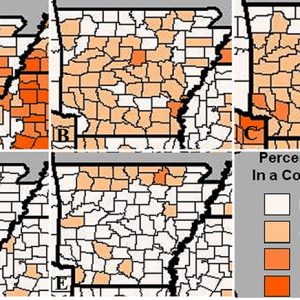 Invasive Shrubs
Invasive Shrubs
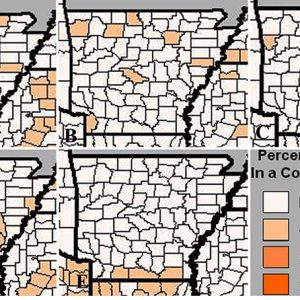 Invasive Trees
Invasive Trees
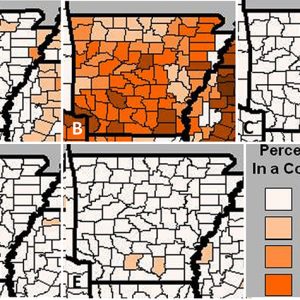 Invasive Vines
Invasive Vines
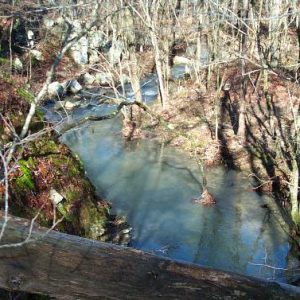 Iron Mountain Natural Area
Iron Mountain Natural Area
Irons Fork Experimental Forest
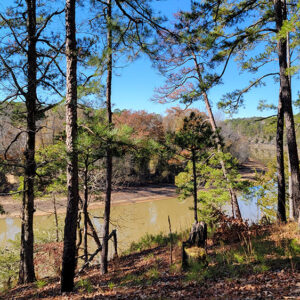 Irons Fork Recreation Area
Irons Fork Recreation Area
Island 37
aka: Andy Crum (Lynching of)
aka: Bert Springs (Lynching of)
Ivory-billed Woodpeckers
aka: Campephilus principalis
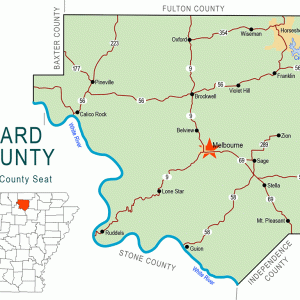 Izard County Map
Izard County Map
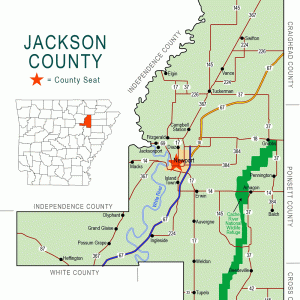 Jackson County Map
Jackson County Map
 Janet Huckabee Arkansas River Valley Nature Center
Janet Huckabee Arkansas River Valley Nature Center
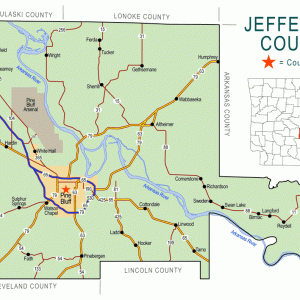 Jefferson County Map
Jefferson County Map
Joe Hogan Fish Hatchery
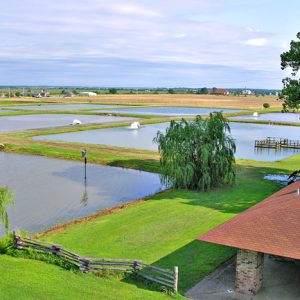 Joe Hogan Fish Hatchery
Joe Hogan Fish Hatchery
 John Howard Steamboat
John Howard Steamboat
 Johnson County Map
Johnson County Map
 Judd Hill Cotton Gin
Judd Hill Cotton Gin
 Judd Hill Cotton Gin
Judd Hill Cotton Gin
 Judd Hill Cotton Gin
Judd Hill Cotton Gin
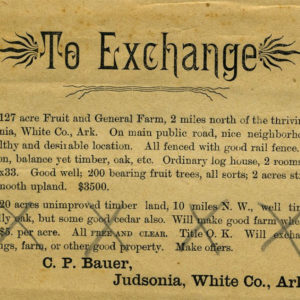 Judsonia Farm Ad
Judsonia Farm Ad
 Judsonia Strawberry Wagons
Judsonia Strawberry Wagons
 Junction Bridge Flooding
Junction Bridge Flooding
Karst Topography
 Keiser Cotton
Keiser Cotton
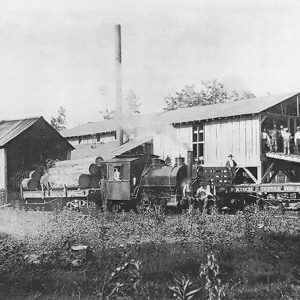 Kiech Sawmill
Kiech Sawmill
 Kings River
Kings River
Kings River
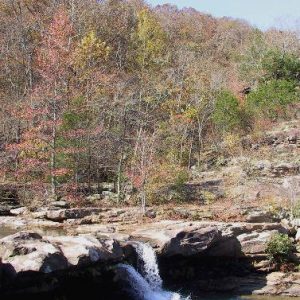 Kings River Falls Natural Area
Kings River Falls Natural Area
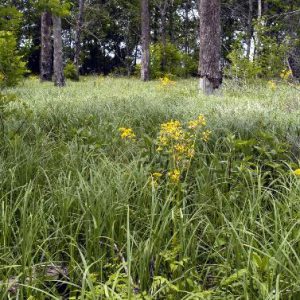 Konecny Grove Natural Area
Konecny Grove Natural Area
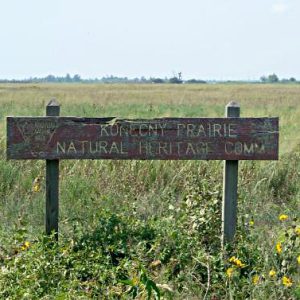 Konecny Prairie Natural Area
Konecny Prairie Natural Area
Kudzu
 L. A. Black Rice Mill
L. A. Black Rice Mill




